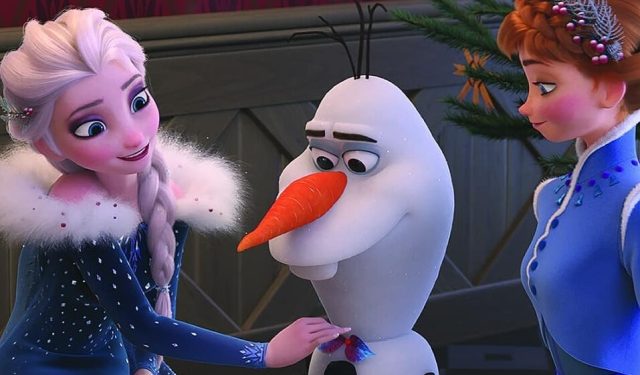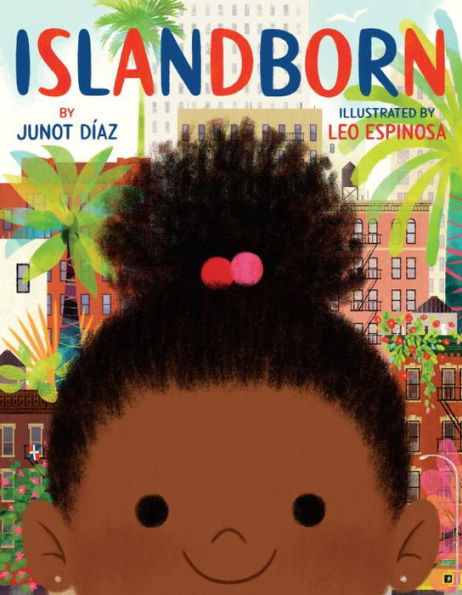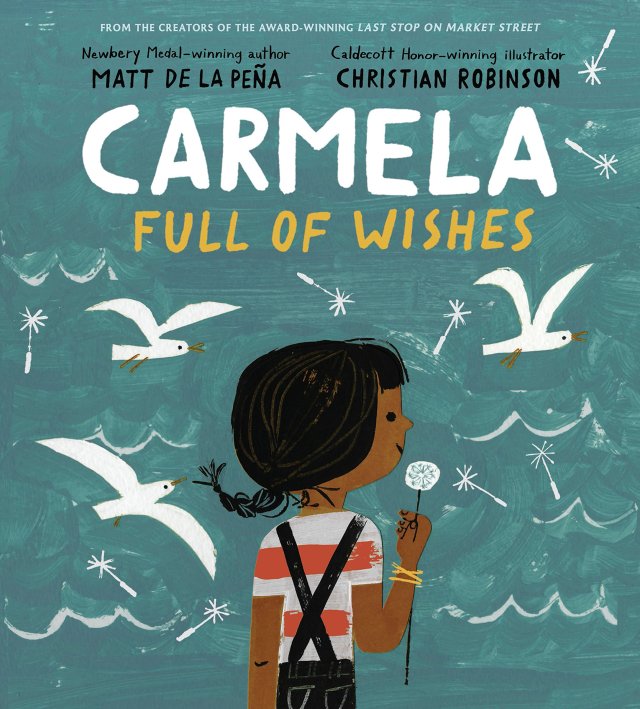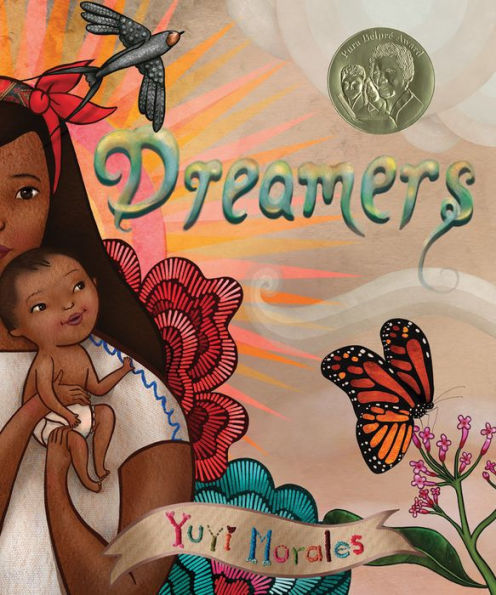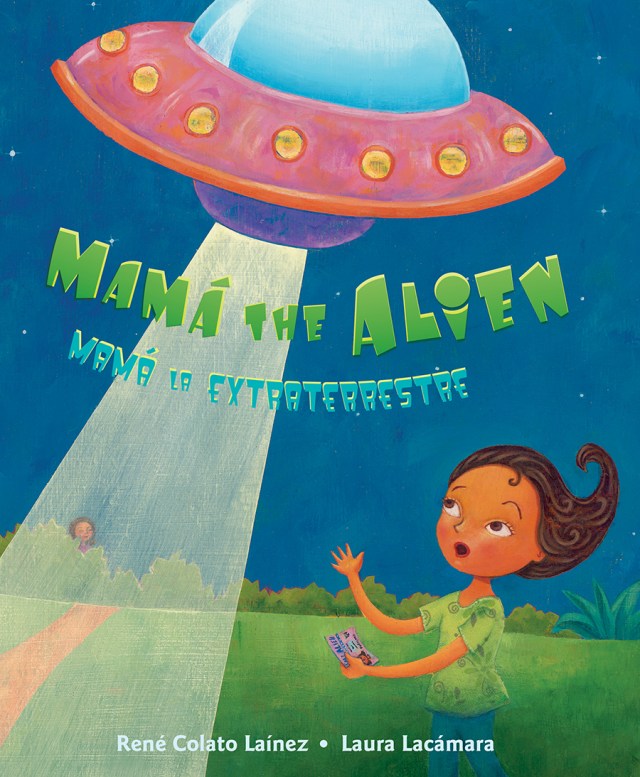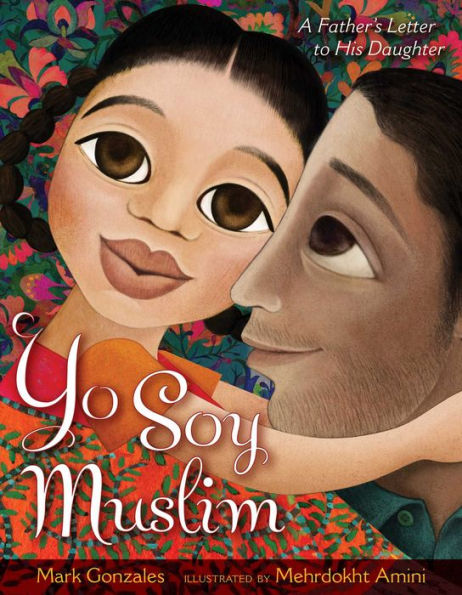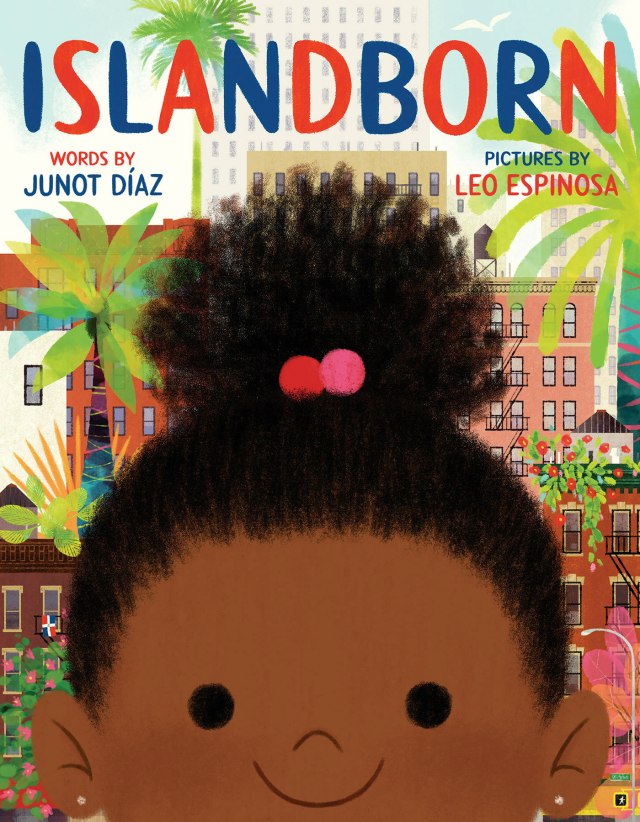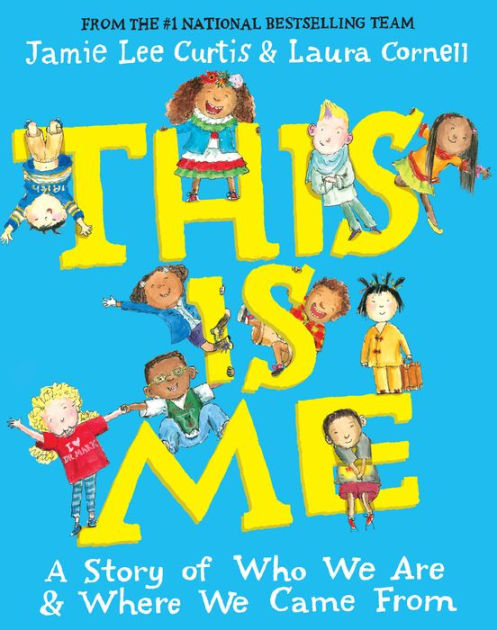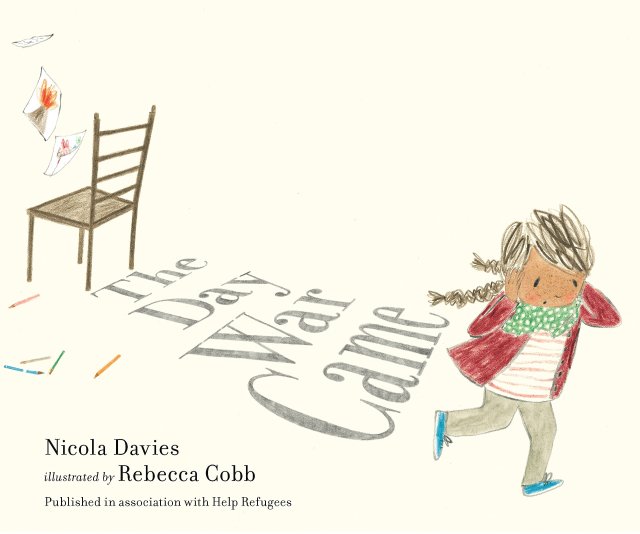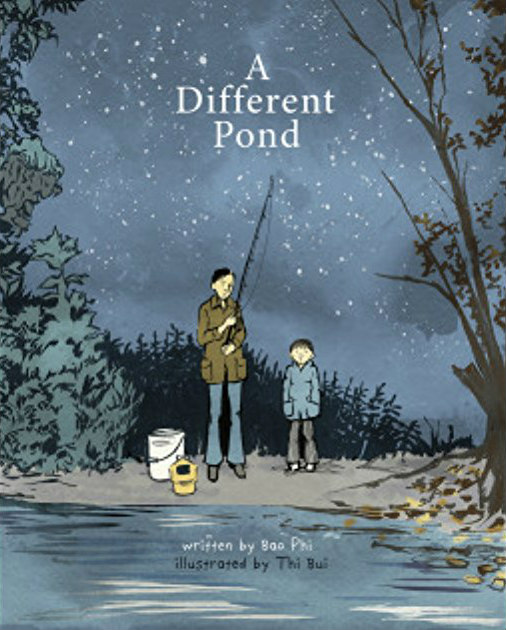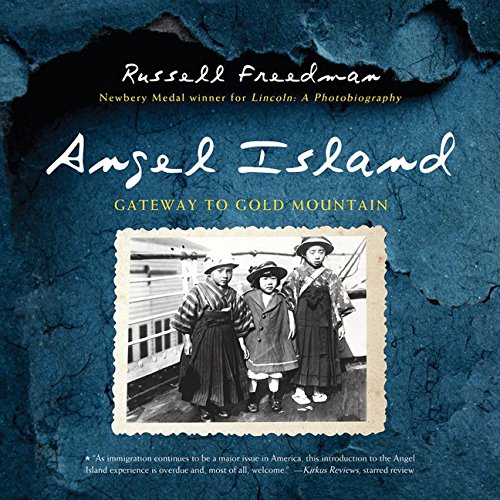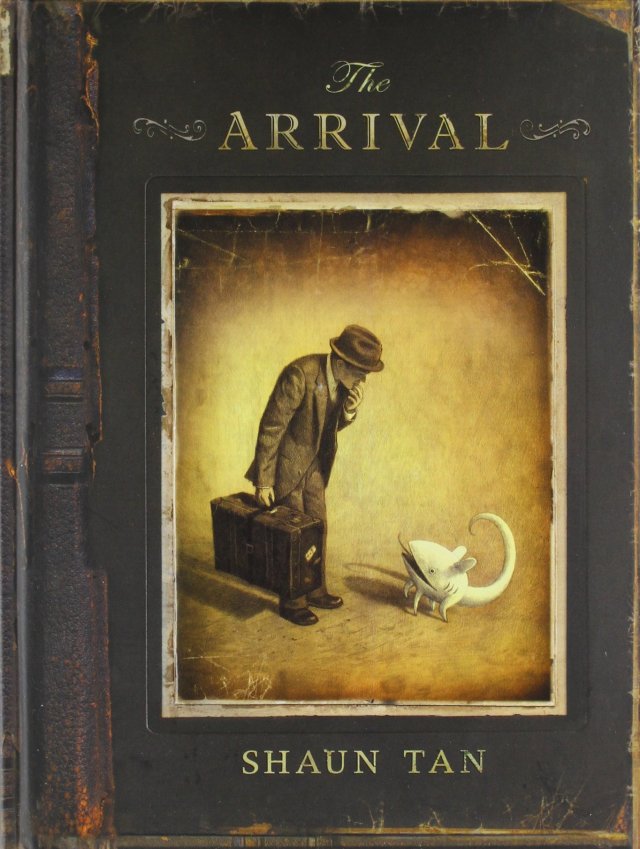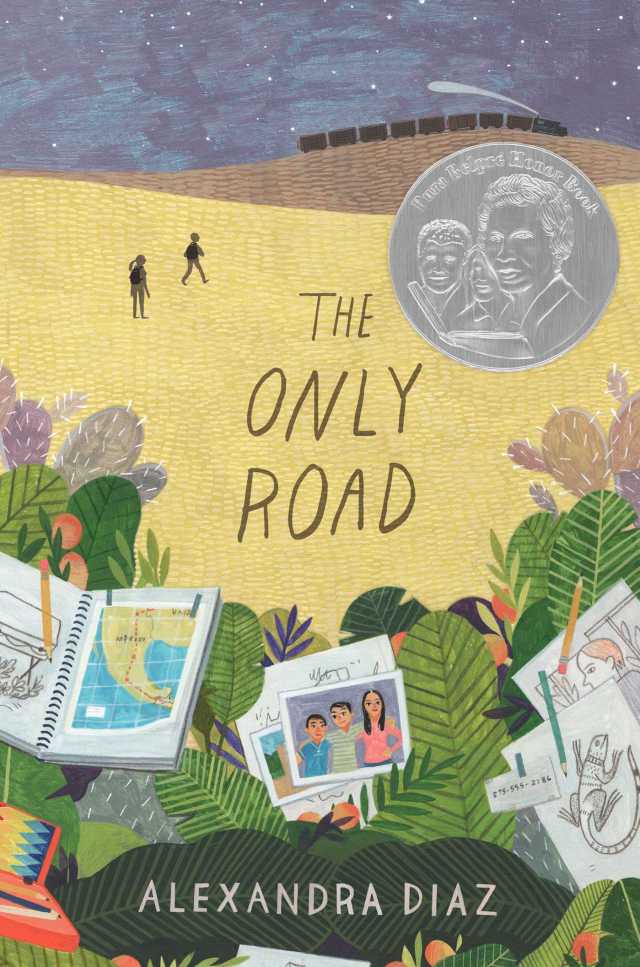I’m no therapist, counselor or psychologist. However, I am a woman, mother and wife and I have and still am experiencing the growing pains of having a beautifully blended family. I speak from the perspective of experience.
About 9 years ago, I made the tough decision to leave a marriage that had been unhealthy for a number of reasons. Due to legal issues and other heartbreaking details, his time with the children was very limited. I spent about a year as a newly single woman, since the age of 17. I was single with two bright little boys depending on me. Imagine the whole new scary world of dating!
Thankfully, it didn’t take too many toads to find my prince. I met my now husband through a mutual friend, I literally realized he was the man I wanted on the top of mountain, while hiking with friends, odd yet kind of sweet.
We fell for each other immediately, we loved each other. I made it clear that loving me met loving and caring for my children as well. My poor soon to be husband, was like a fish out of water. As a man who spent all his life caring for himself and no one else, not having to share space, food, money, resources or even sharing to woman he loved he was in for a heck of a ride.
He was stepping into established relationships; in essence, he was a stranger. He had to find a way to make his stamp on his new family and his new-found responsibility. He was stepping into their territory, this was going to be a huge test. He had to step up and I don’t speculate he was ready for the whirlwind that is blended parenting.
The boys loved him, however they didn’t like listening to a man who “wasn’t their dad,” that’s a hard pill to swallow for all parties involved. Their new step-father was new to this game and he didn’t have the fatherly companionship they needed. He spent most of his time unknowingly being a stickler for all the wrong reasons, the bed wasn’t made, someone spilled juice during dinner, there was a toy left in the living room, things only a man who never lived with children would stress over.
This stress seemed to make us all walk on eggshells. He felt unwanted in the family and all we wanted was understanding. Looking back, it was us against him, he didn’t understand us and I took no time to try to understand him. He was struggling with his new role and more than a few times we wanted to throw in the towel.
I struggled with letting go and allowing him to help me parent (within reason of course). I am still working on breaking that toxic habit, I too am still a work in progress. I think the children struggled with feeling as if they were betraying or forgetting about their biological father. There were so many emotions tied to this one thing we all had in common, love. We loved one another to no end. That was a fact, but love doesn’t compensate for all. We had to learn how to make this work. Looking back, we had to focus on three key points to make this work.
When in doubt, over-communicate.
Communication is key to understanding one another. We had to learn HOW to communicate, how to challenge to emotions that made us want to rip each other’s heads off and learn how to breath and talk.
I remember being particularly upset with my husband, because I didn’t feel as if he took the struggles the children faced in school in to consideration. He thought “a bad grade was just a kid not trying hard enough.” We know that’s not always the case, the boys faced many struggles in school and they shouldn’t have to face them at home. We blew up at each other over it, we weren’t effectively communicating. I needed him to understand their struggles, I needed him to get that this wasn’t a matter of laziness, but a matter of learning disabilities and struggles.
It took more than one fight, but we began to learn each other, we learned our “trigger” words and we learned when to say “I think we need to stop and trace back to when this went wrong.” We also had to learn how to communicate with the boys, communicating with children, especially boys, isn’t as easy as it seems. We had to learn what type of communication worked best for them, we had to learn how we could get the most out of them, without being too pushy.
The step-parent is not a replacement.
We made it particularly clear from the beginning that he was not here to replace their biological father. It was important to us that they didn’t feel they were being placed in this new family unit, sans their Father. We needed them to understand that we loved them unconditionally and that meant loving every part of them. Their father was a part of them.
Trust is always at the heart.
This is a tough one, still to this day. We had to learn how to trust each other. I had to learn and trust that my new partner was in this to win it and that he had our best interest at heart. The boys had to trust that he truly loved and cared for them. They had to know that he was there for them, no matter what and that he would make the time to love and bond with them, like his own. We are still building trust till this very day, but our hearts and minds are open to building this unbreakable bond.
There is nothing easy about blending families. Resilience is key, to battling to many challenges. We have had a heck of ride! We recently decided to add a third little one to this mixed up bunch. The decision was to add to our little blended world, was a carefully thought out decision. We wanted to be sure that our boys knew how important they were to us and how this would only add to our beautifully blended family.
There is no magic wand or secret formula, that keeps this blended machine going. If all parties involved are open to continuous growth, the hurdles, are just that, a temporary obstacle.
I am just regular mom of three wonderful boys and a married to the love of my life! I hope to reach people through writing and expressing my true experiences. My goal is to help a parent realize that no matter the struggle, they are not alone in the journey!
